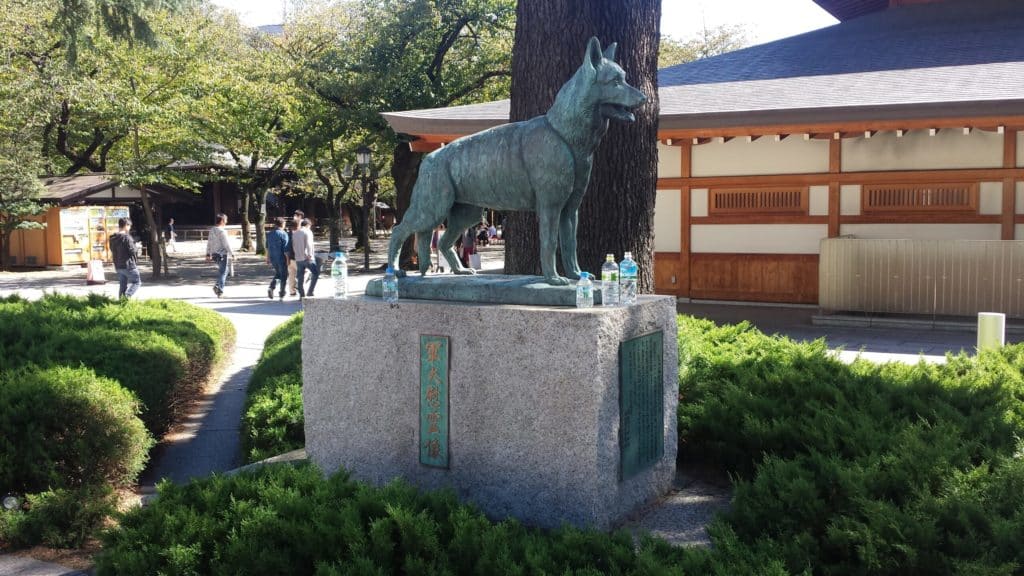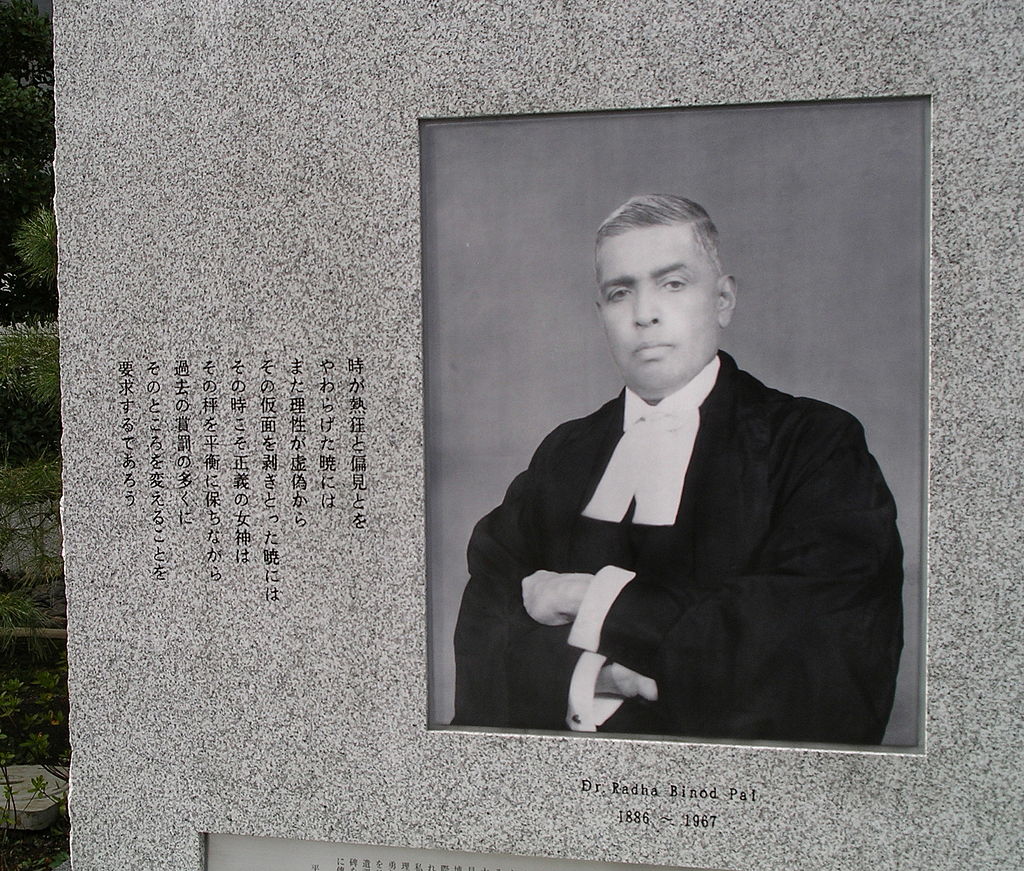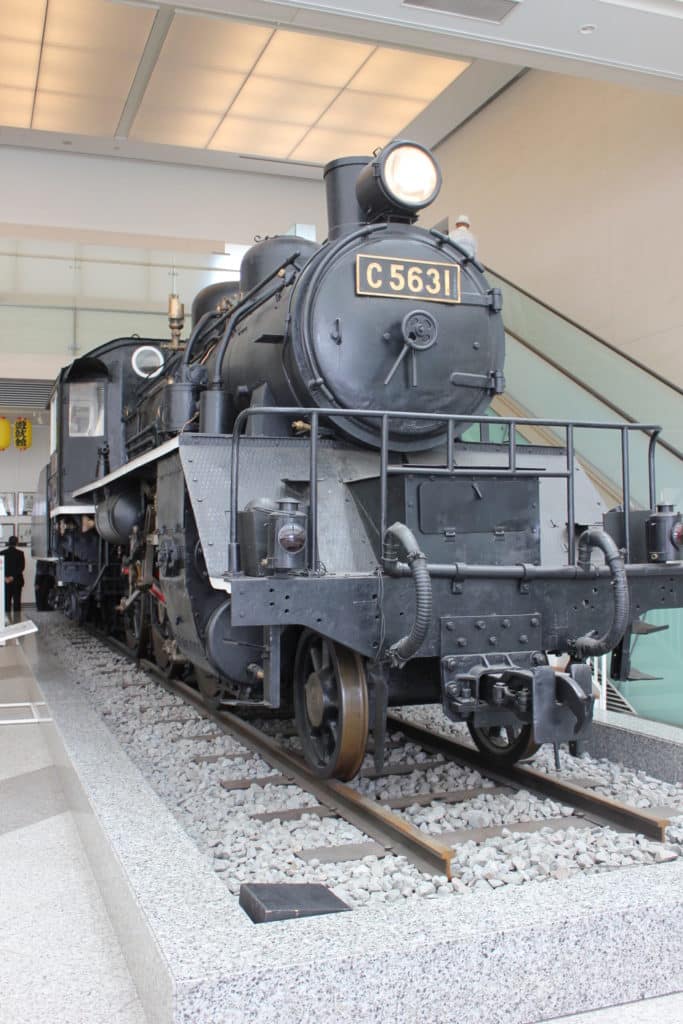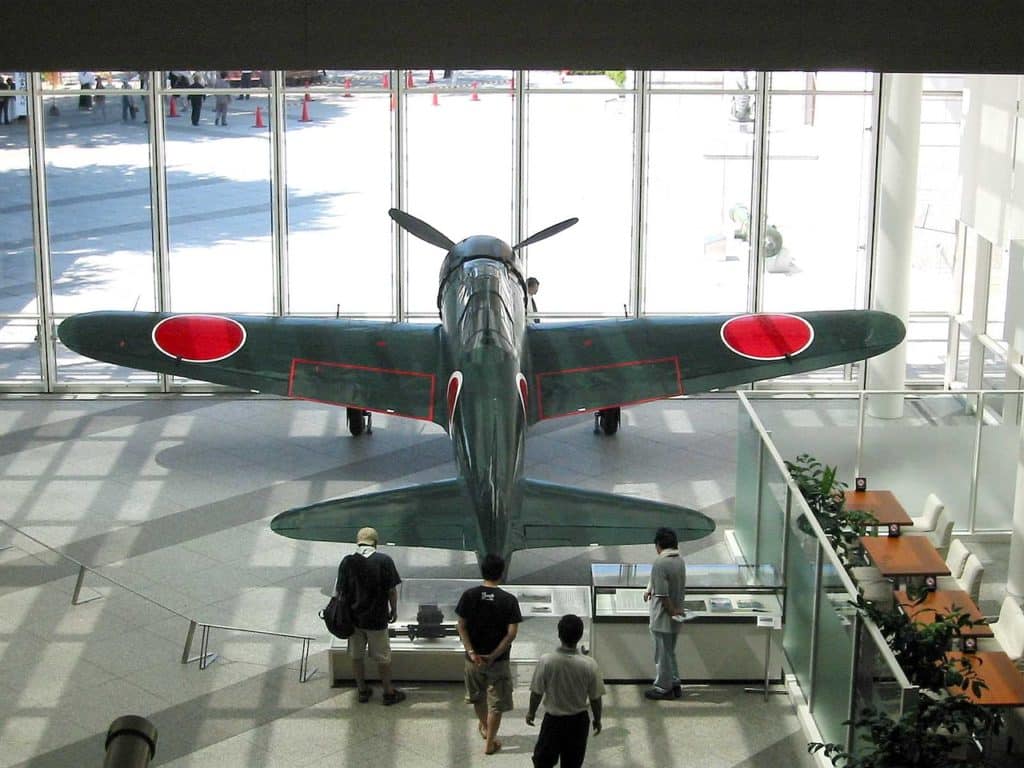
The hundreds of Shinto shrines of Japan are revered for their tranquility and spirituality, but only one is a frequent spiritual haven for violent yakuza members and is internationally known for its controversial nature – the Yasukuni Shrine and accompanying Yushukan Museum.
Emperor Meiji established the shrine in the Chiyoda section of Tokyo in 1869 to honor those who perished fighting in military battles on behalf of the Empire during the era of Meiji Restoration (1868-1912). The first enshrined souls were those who died during the Boshin War of 1868–1869, and the last were those who perished during the First Indochina War of 1946–1954. In all, the spirits of almost 2.5 million people are enshrined at Yasukuni, including all of those who died in World Wars I and II.
The shrine’s clergy – absent from political influence – determines who should be honored, and once their decision is made, it cannot be reversed. This means that per Shinto beliefs, the actual souls of the enshrined are housed there for eternity.
Therein lies the controversy.
Over 1,000 of the enshrined souls were convicted of war crimes committed during WWII, including 14 “Class A” war criminals. The honoring of such people is of great concern to Japan’s neighbors, especially China, North Korea, and South Korea because many of their citizens brutally suffered at the hands of the Japanese during Japan’s imperial expansion.
Emperor Hirohito famously refused to visit the shrine for the last 11 years of his life because of the enshrinement of the Class A war criminals. However, Japanese Prime Ministers and other politicians have varied in their decisions to visit or not visit the grounds and pay respect to the war dead. Each time a politician visits, a minor international incident occurs, with China and South Korea inevitably publicly stating their disapproval, and countless other global commentators voicing their support or disagreement. The Chinese and Koreans feel that by honoring those who committed war crimes against their citizens, the Japanese government does not respect the decisions made by war tribunals or the families and souls of those who were victimized by the Japanese.
And it’s not just politicians that catch heat for visiting the shrine – pop star Justin Bieber upset millions of his fans throughout Asia when he visited Yasukuni in 2014 and posted photos to his Instagram account. He immediately received thousands of critical comments and, in response, quickly issued an apology and took down the photos.
Further demonstrating the passionate controversy, a Chinese man tried to burn a gate column at the shrine in 2011 and a South Korean man set off a small bomb in a restroom on the grounds in 2015. Neither incident resulted in significant damage or injuries, but they were notable instances for a country typically devoid of such activity.



The Yushukan Museum provides an opportunity to get a fascinating look at Japan’s take on its imperialistic past. Before walking in, peruse the statues outside. Can you spot the memorial of an Indian judge? That is Justice Radha Binod Pal, the only justice on the post-WWII military tribunal who found all the Japanese defendants not guilty.
How about the statue of a pilot, proudly standing with hands at his hips? That is a kamikaze pilot, and the plaque to its left lists the names of the nearly 6,000 pilots who died on suicide missions during WWII.
On a more innocent note, there are also statues of a horse, a dog, and a carrier pigeon. Those statues all honor the contribution of animals to Japan’s war efforts. To pay them respects, you may leave an open bottle of water at the statue’s base for them to drink.
Featured in the museum’s entrance is a steam locomotive car used on the Thai-Burma Railway (also known as the “Death Railway”) built to supply troops and weapons during the notoriously ruthless Burma campaign in World War II. The rest of the museum features an array of military artifacts from the last 150+ years. As your progress through the museum, you follow Japan’s quick military rise from samurai-style swords and kimonos to aircraft and submarines.


While the artifacts are interesting, the exhibit descriptions are arguably more fascinating to those who are well-informed on some of Japan’s more notorious military escapades. The pro-Japan rhetoric is quite blatant, with many glaring omissions and takes on historical moments that would be head-scratching to many historians (e.g., Japan being “forced” into WWII by the United States). The Burma railroad car and Nanking are mentioned rather briefly and innocently, with no mention of the atrocities that the international community (and much of Japan) typically associates with them.
As you ponder these two sides of history, treat yourself to a visit to the requisite museum shop and café. The café has one neat aspect – items on the menu are created using ingredients and recipes resembling those actually used on Japanese Navy ships.
All of this said, the shrine and museum are still worth a visit.
First, it is a beautiful place – a sanctuary in the city as most shrines are. There are hundreds of cherry trees on the shrine grounds, including Tokyo’s representative cherry tree that is used by the meteorological agency to pronounce the official opening of the blossom season in the city. Second, it sparks the intellect and causes you to ponder history from a unique perspective.
It is a well-visited place by tourists and locals alike, and unless you are a politician or international star, you won’t catch any flack for visiting a fascinating and beautiful site.
How to Get There
The shrine is a short walk from Kudanshita Station on the Hanzomon, Tozai, and Shinjuku subway Lines.
Hours of Operation
Yasukuni Shrine: Open every day from 6am-6pm (5pm from November-February)
Yushukan Museum: 9am-430pm (admission allowed until 4pm)
Open most days, except for a few irregular closure days in late June and late December.
Admission
There is no admission charge to see the shrine. Admission to the museum is 1000 yen.
Camera use in the museum is only permitted in the first-floor entrance hall area and the grand exhibition hall.
For more “Beyond Baseball,” check out the rest of our website!